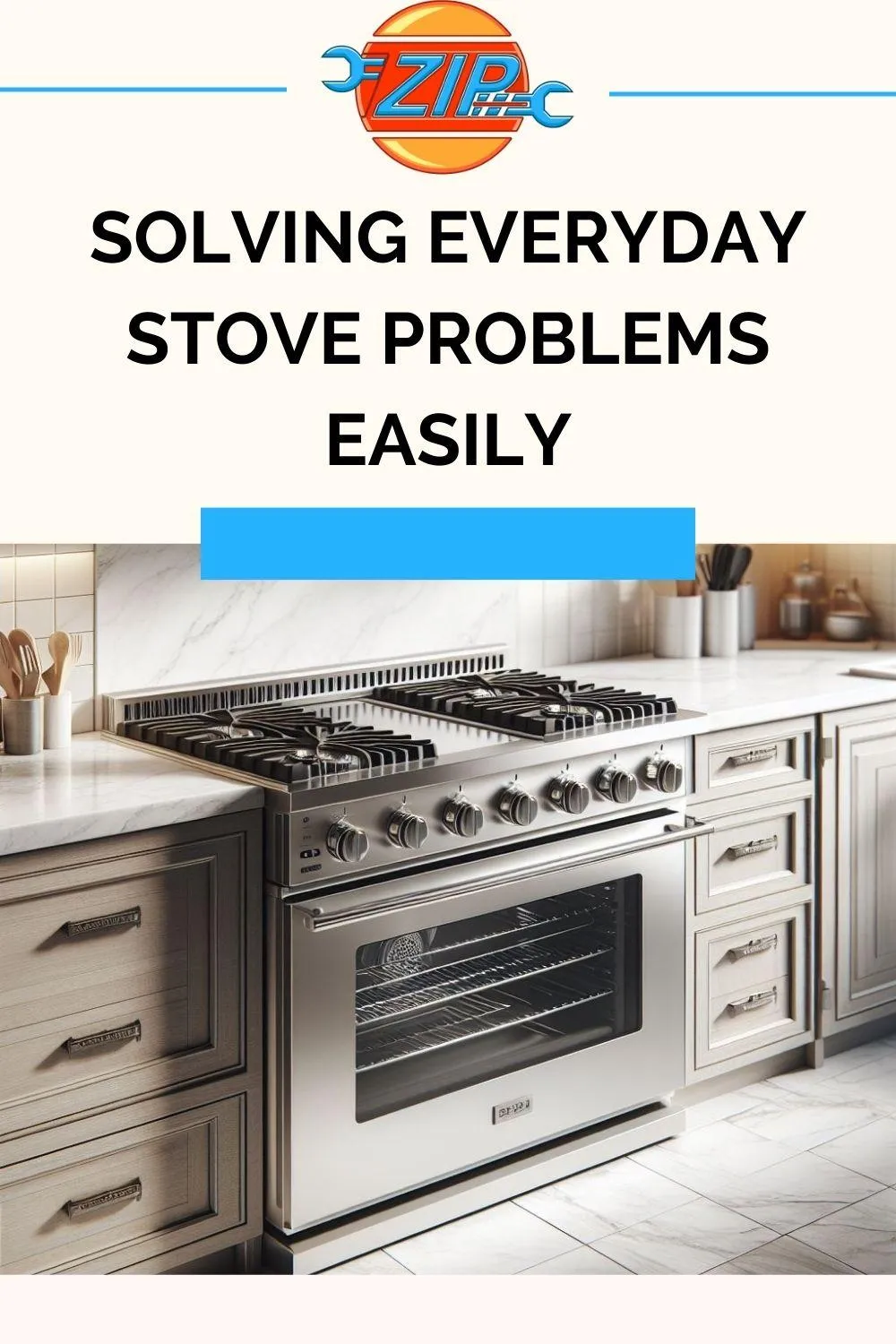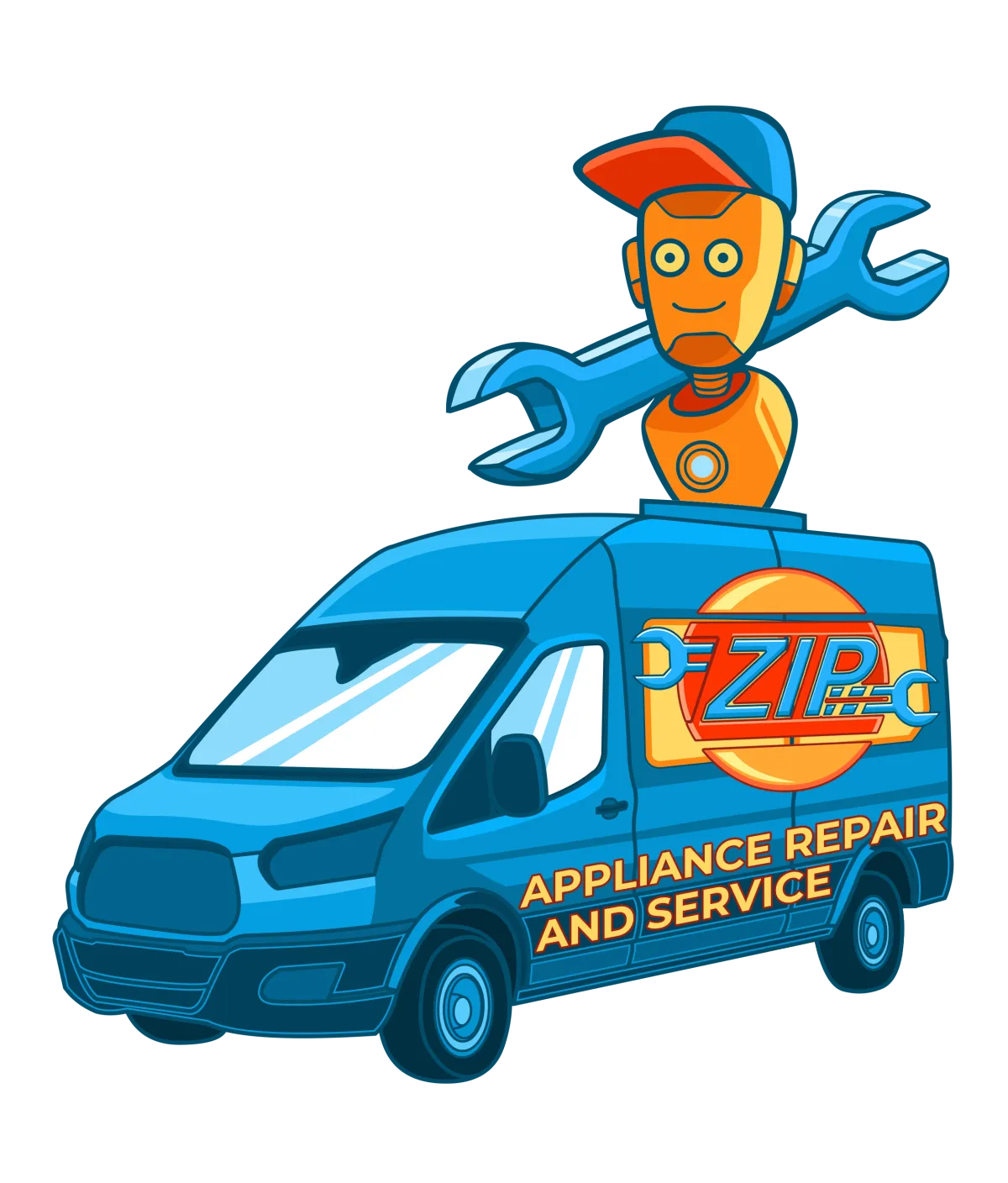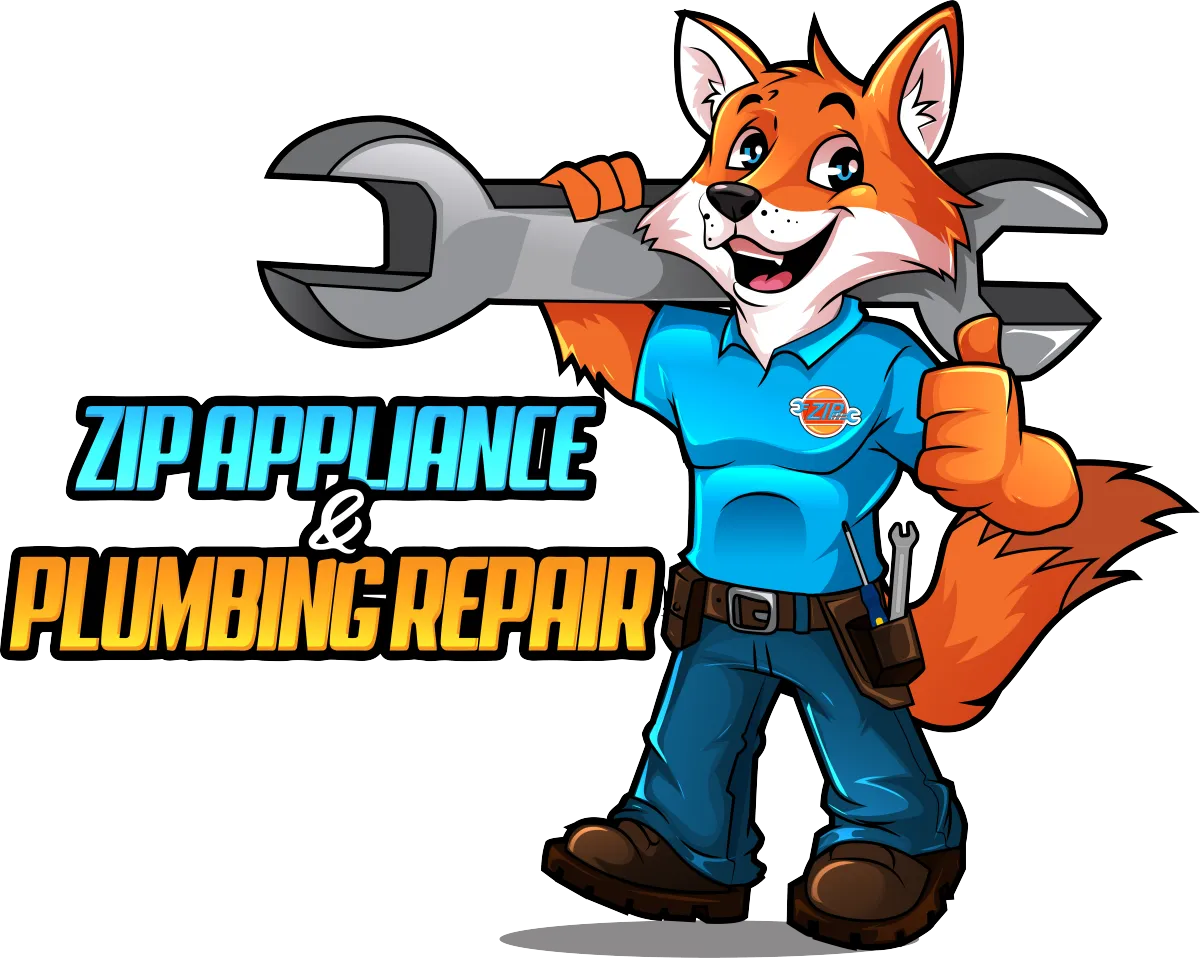Phone: (559) 272-4265
Appliance Repair Tips For Bakersfield, CA Residents

Quick Fixes for Common Stove Issues
"Quick fixes for common stove issues can transform your kitchen experience, making cooking enjoyable and hassle-free." - Appliance Boss
Introduction:
Understanding Common Stove Issues
Stoves are indispensable in the kitchen, yet they can be prone to various issues over time. Understanding these common problems is the first step toward resolving them efficiently. From gas burners that won’t ignite to electric coils that refuse to heat up, knowing what to look out for can save you time and frustration.
Importance of Quick Fixes for Stove Problems
Quick fixes not only save you money but also ensure your stove functions optimally. Immediate repairs prevent minor issues from escalating into major malfunctions, maintaining your kitchen’s efficiency and safety. Addressing problems as they arise keeps your stove reliable, making cooking enjoyable and stress-free.

Safety First: Preparing to Fix Your Stove
Before diving into any stove repair, prioritize safety. Ensure the stove is unplugged or the gas supply is turned off. Use protective gloves and safety goggles to shield yourself from potential hazards. A safe workspace is essential to prevent accidents and ensure a smooth repair process.
Tools You Need for Stove Repairs
Having the right tools is crucial for effective stove repairs. Essential tools include a multimeter for electrical issues, screwdrivers, pliers, a wrench set, and a cleaning brush. Specialized tools like a gas leak detector can also be invaluable when dealing with gas stoves.
Identifying the Problem: Signs and Symptoms
Identifying stove issues often begins with recognizing the signs and symptoms. Look out for unresponsive burners, inconsistent heating, unusual noises, or visible wear and tear. These indicators can help pinpoint the problem, making the troubleshooting process more efficient.
Quick Fixes for Gas Stove Ignition Problems
Gas stove ignition problems are common but usually easy to fix. First, check for clogs in the ignition ports and clean them thoroughly. Ensure the gas supply is steady and the igniter switch is functioning correctly. Sometimes, simply realigning the igniter can resolve the issue.
Troubleshooting Electric Stove Burner Issues
Electric stove burners can encounter issues such as not heating up or heating unevenly. Start by inspecting the burner coils for visible damage. Use a multimeter to check for continuity. If the coil is faulty, replacing it is a straightforward solution that restores proper functionality.
Dealing with Uneven Heating
Uneven heating can be frustrating and affect cooking results. For gas stoves, ensure the burners are clean and free of debris. In electric stoves, check the coil elements and replace any that are damaged. Regular maintenance helps maintain even heating across all cooking zones.
Solutions for a Non-Responsive Control Panel
A non-responsive control panel can render your stove unusable. Begin by resetting the stove’s circuit breaker. If the problem persists, check for loose connections behind the control panel. Sometimes, the issue may be with the control board itself, necessitating professional inspection.
Fixing a Gas Burner That Won’t Light
If a gas burner won’t light, start by cleaning the burner ports to remove any blockages. Ensure the igniter is sparking by testing it in a dark room. If the igniter isn’t sparking, it might need replacing. Additionally, check that the gas valve is fully open.
Electric Stove Burner Not Heating? Here’s What to Do
When an electric stove burner fails to heat, inspect the coil for visible signs of damage. Test the burner’s continuity with a multimeter. If the coil is defective, replacing it is usually the best solution. Also, check the burner socket for any signs of corrosion or damage.
How to Handle a Stove That Keeps Clicking
A stove that keeps clicking can be both annoying and concerning. This issue often arises from a misaligned burner cap or a damp igniter. Ensure the burner cap is properly seated and dry the igniter with a cloth. Persistent clicking may indicate a faulty spark module.
Resolving Stove Temperature Inconsistencies
Temperature inconsistencies can ruin your culinary efforts. For gas stoves, clean the burners and ensure they’re providing even flames. In electric stoves, calibrate the thermostat according to the manufacturer’s instructions. Regularly check and adjust settings to maintain consistent temperatures.
Fixing a Stove Oven Door That Won’t Close Properly
An oven door that won’t close properly affects heat retention. Inspect the door’s hinges for any signs of wear or misalignment. Tighten any loose screws and ensure the door gasket is intact. Replacing worn-out hinges or gaskets can resolve this issue effectively.
Addressing Strange Noises from Your Stove
Strange noises from your stove can indicate various issues. Hissing sounds may suggest a gas leak, while buzzing or clicking noises can be electrical problems. Identify the noise source and address it promptly. If unsure, consult a professional to avoid potential hazards.
Cleaning and Maintaining Gas Stove Burners
Regular cleaning and maintenance of gas stove burners ensure optimal performance. Remove and clean the burner grates and caps with warm, soapy water. Use a brush to clear any blockages in the burner ports. Consistent maintenance prevents buildup that can affect burner efficiency.
Keeping Electric Stove Elements in Top Condition
Maintaining electric stove elements involves regular inspection and cleaning. Remove and clean the coils and drip pans. Check for any signs of wear or damage and replace faulty elements promptly. Keeping the stove’s surface clean also helps prevent issues with the elements.
Replacing Worn-Out Stove Parts
Over time, stove parts can wear out and require replacement. Common parts that may need replacing include burner coils, igniters, and control knobs. Ensure you use compatible parts from the manufacturer to maintain the stove’s performance and safety standards.
Preventive Measures to Avoid Future Stove Issues
Taking preventive measures can help avoid future stove problems. Regularly clean and inspect your stove, addressing minor issues before they escalate. Follow the manufacturer’s maintenance guidelines and schedule annual professional check-ups to ensure everything is in working order.
When to Call a Professional
Knowing when to call a professional is crucial for maintaining stove safety and functionality. If you encounter gas leaks, electrical issues, or complex repairs beyond your expertise, seek professional help. Professionals can diagnose and fix problems safely and efficiently.
DIY vs Professional Repairs: What You Need to Know
Understanding the difference between DIY and professional repairs helps you make informed decisions. While DIY repairs can save money, they’re best suited for minor issues. For complex problems, professional repairs ensure safety and proper resolution, preventing further damage.
Conclusion: Keeping Your Stove in Perfect Working Order
Regular maintenance and timely repairs are key to keeping your stove in perfect working order. Address issues as they arise, perform routine checks, and don’t hesitate to call a professional when needed. A well-maintained stove ensures a smooth and enjoyable cooking experience. For expert help, contact Zip Appliance and Plumbing Repair at (661) 387-2282 or visit our website at www.ziprepairservice.com.
Tips for Maintaining a Trouble-Free Stove
Maintain a trouble-free stove with these tips: clean it regularly, inspect parts for wear and tear, address minor issues promptly, and follow the manufacturer’s maintenance guidelines. Consistent care extends your stove’s lifespan and ensures optimal performance.
Resources and Further Reading
Explore these resources for more information on stove maintenance and repairs: manufacturer’s manuals, online repair guides, and stove maintenance books. Staying informed helps you handle common stove issues effectively.
FAQs on Common Stove Issues and Fixes
Q: What should I do if my gas burner won’t ignite?
A: Clean the burner ports and check the igniter for sparks. If it still won’t ignite, the igniter may need replacing.
Q: How do I fix an electric burner that isn’t heating?
A: Inspect the burner coil for damage and test its continuity with a multimeter. Replace the coil if necessary.
Q: Why is my stove making strange noises?
A: Strange noises can indicate various issues. Hissing may suggest a gas leak, while buzzing can be an electrical problem. Investigate and address the source promptly.

Quick Fixes for Common Stove Issues
"Quick fixes for common stove issues can transform your kitchen experience, making cooking enjoyable and hassle-free." - Appliance Boss
Introduction:
Understanding Common Stove Issues
Stoves are indispensable in the kitchen, yet they can be prone to various issues over time. Understanding these common problems is the first step toward resolving them efficiently. From gas burners that won’t ignite to electric coils that refuse to heat up, knowing what to look out for can save you time and frustration.
Importance of Quick Fixes for Stove Problems
Quick fixes not only save you money but also ensure your stove functions optimally. Immediate repairs prevent minor issues from escalating into major malfunctions, maintaining your kitchen’s efficiency and safety. Addressing problems as they arise keeps your stove reliable, making cooking enjoyable and stress-free.

Safety First: Preparing to Fix Your Stove
Before diving into any stove repair, prioritize safety. Ensure the stove is unplugged or the gas supply is turned off. Use protective gloves and safety goggles to shield yourself from potential hazards. A safe workspace is essential to prevent accidents and ensure a smooth repair process.
Tools You Need for Stove Repairs
Having the right tools is crucial for effective stove repairs. Essential tools include a multimeter for electrical issues, screwdrivers, pliers, a wrench set, and a cleaning brush. Specialized tools like a gas leak detector can also be invaluable when dealing with gas stoves.
Identifying the Problem: Signs and Symptoms
Identifying stove issues often begins with recognizing the signs and symptoms. Look out for unresponsive burners, inconsistent heating, unusual noises, or visible wear and tear. These indicators can help pinpoint the problem, making the troubleshooting process more efficient.
Quick Fixes for Gas Stove Ignition Problems
Gas stove ignition problems are common but usually easy to fix. First, check for clogs in the ignition ports and clean them thoroughly. Ensure the gas supply is steady and the igniter switch is functioning correctly. Sometimes, simply realigning the igniter can resolve the issue.
Troubleshooting Electric Stove Burner Issues
Electric stove burners can encounter issues such as not heating up or heating unevenly. Start by inspecting the burner coils for visible damage. Use a multimeter to check for continuity. If the coil is faulty, replacing it is a straightforward solution that restores proper functionality.
Dealing with Uneven Heating
Uneven heating can be frustrating and affect cooking results. For gas stoves, ensure the burners are clean and free of debris. In electric stoves, check the coil elements and replace any that are damaged. Regular maintenance helps maintain even heating across all cooking zones.
Solutions for a Non-Responsive Control Panel
A non-responsive control panel can render your stove unusable. Begin by resetting the stove’s circuit breaker. If the problem persists, check for loose connections behind the control panel. Sometimes, the issue may be with the control board itself, necessitating professional inspection.
Fixing a Gas Burner That Won’t Light
If a gas burner won’t light, start by cleaning the burner ports to remove any blockages. Ensure the igniter is sparking by testing it in a dark room. If the igniter isn’t sparking, it might need replacing. Additionally, check that the gas valve is fully open.
Electric Stove Burner Not Heating? Here’s What to Do
When an electric stove burner fails to heat, inspect the coil for visible signs of damage. Test the burner’s continuity with a multimeter. If the coil is defective, replacing it is usually the best solution. Also, check the burner socket for any signs of corrosion or damage.
How to Handle a Stove That Keeps Clicking
A stove that keeps clicking can be both annoying and concerning. This issue often arises from a misaligned burner cap or a damp igniter. Ensure the burner cap is properly seated and dry the igniter with a cloth. Persistent clicking may indicate a faulty spark module.
Resolving Stove Temperature Inconsistencies
Temperature inconsistencies can ruin your culinary efforts. For gas stoves, clean the burners and ensure they’re providing even flames. In electric stoves, calibrate the thermostat according to the manufacturer’s instructions. Regularly check and adjust settings to maintain consistent temperatures.
Fixing a Stove Oven Door That Won’t Close Properly
An oven door that won’t close properly affects heat retention. Inspect the door’s hinges for any signs of wear or misalignment. Tighten any loose screws and ensure the door gasket is intact. Replacing worn-out hinges or gaskets can resolve this issue effectively.
Addressing Strange Noises from Your Stove
Strange noises from your stove can indicate various issues. Hissing sounds may suggest a gas leak, while buzzing or clicking noises can be electrical problems. Identify the noise source and address it promptly. If unsure, consult a professional to avoid potential hazards.
Cleaning and Maintaining Gas Stove Burners
Regular cleaning and maintenance of gas stove burners ensure optimal performance. Remove and clean the burner grates and caps with warm, soapy water. Use a brush to clear any blockages in the burner ports. Consistent maintenance prevents buildup that can affect burner efficiency.
Keeping Electric Stove Elements in Top Condition
Maintaining electric stove elements involves regular inspection and cleaning. Remove and clean the coils and drip pans. Check for any signs of wear or damage and replace faulty elements promptly. Keeping the stove’s surface clean also helps prevent issues with the elements.
Replacing Worn-Out Stove Parts
Over time, stove parts can wear out and require replacement. Common parts that may need replacing include burner coils, igniters, and control knobs. Ensure you use compatible parts from the manufacturer to maintain the stove’s performance and safety standards.
Preventive Measures to Avoid Future Stove Issues
Taking preventive measures can help avoid future stove problems. Regularly clean and inspect your stove, addressing minor issues before they escalate. Follow the manufacturer’s maintenance guidelines and schedule annual professional check-ups to ensure everything is in working order.
When to Call a Professional
Knowing when to call a professional is crucial for maintaining stove safety and functionality. If you encounter gas leaks, electrical issues, or complex repairs beyond your expertise, seek professional help. Professionals can diagnose and fix problems safely and efficiently.
DIY vs Professional Repairs: What You Need to Know
Understanding the difference between DIY and professional repairs helps you make informed decisions. While DIY repairs can save money, they’re best suited for minor issues. For complex problems, professional repairs ensure safety and proper resolution, preventing further damage.
Conclusion: Keeping Your Stove in Perfect Working Order
Regular maintenance and timely repairs are key to keeping your stove in perfect working order. Address issues as they arise, perform routine checks, and don’t hesitate to call a professional when needed. A well-maintained stove ensures a smooth and enjoyable cooking experience. For expert help, contact Zip Appliance and Plumbing Repair at (661) 387-2282 or visit our website at www.ziprepairservice.com.
Tips for Maintaining a Trouble-Free Stove
Maintain a trouble-free stove with these tips: clean it regularly, inspect parts for wear and tear, address minor issues promptly, and follow the manufacturer’s maintenance guidelines. Consistent care extends your stove’s lifespan and ensures optimal performance.
Resources and Further Reading
Explore these resources for more information on stove maintenance and repairs: manufacturer’s manuals, online repair guides, and stove maintenance books. Staying informed helps you handle common stove issues effectively.
FAQs on Common Stove Issues and Fixes
Q: What should I do if my gas burner won’t ignite?
A: Clean the burner ports and check the igniter for sparks. If it still won’t ignite, the igniter may need replacing.
Q: How do I fix an electric burner that isn’t heating?
A: Inspect the burner coil for damage and test its continuity with a multimeter. Replace the coil if necessary.
Q: Why is my stove making strange noises?
A: Strange noises can indicate various issues. Hissing may suggest a gas leak, while buzzing can be an electrical problem. Investigate and address the source promptly.
If your dryer has been giving you problems, contact Zip Appliance Repair & Service at (661) 387-2282

Appliance Repair In A Zip
If you need a dryer repair call our Team at (661) 387-2282, or visit our online scheduling page to request service.
Appliance Repair
Plumbing Repair Services
HAVE A QUESTION, CALL (661) 387-2282

Online Offers
Take advantage of our online discount offers - save time and money...

Residential & Commercial appliances
See what our company can do for you

Appliance Repair Tips
If your appliance is not working properly...

1405 Commercial Way ste 100
Bakersfield, CA 93309
Lic # 1116346
Equipment We Sevice
- A Call To Confirm Your Appointment Time
- A Email Detailing Your Assigned Technician
- Information Needed Before The Repair Can Be Started
- An Estimate Of Work To Be Done
© 2025 ZIP APPLIANCE REPAIR & SERVICE LLC








